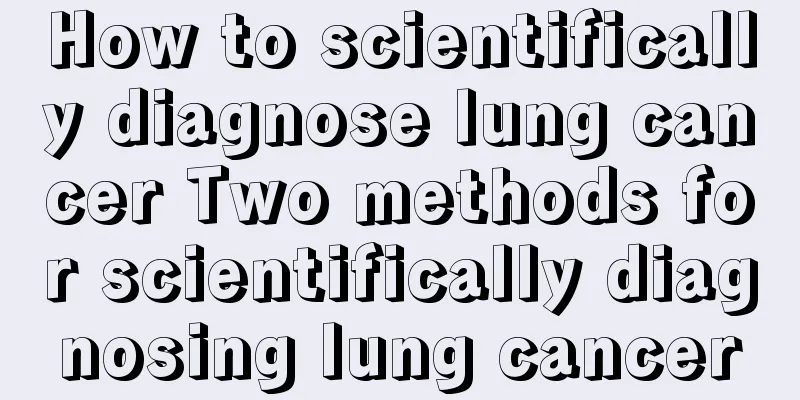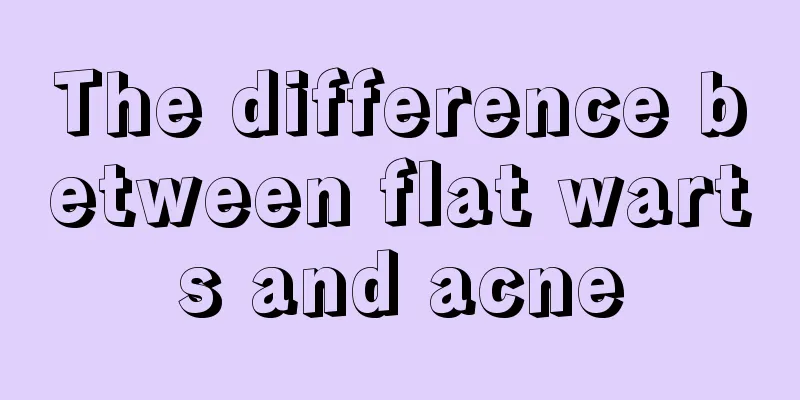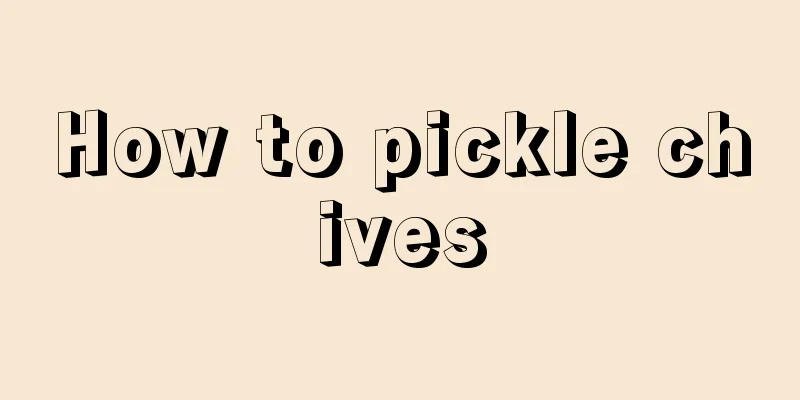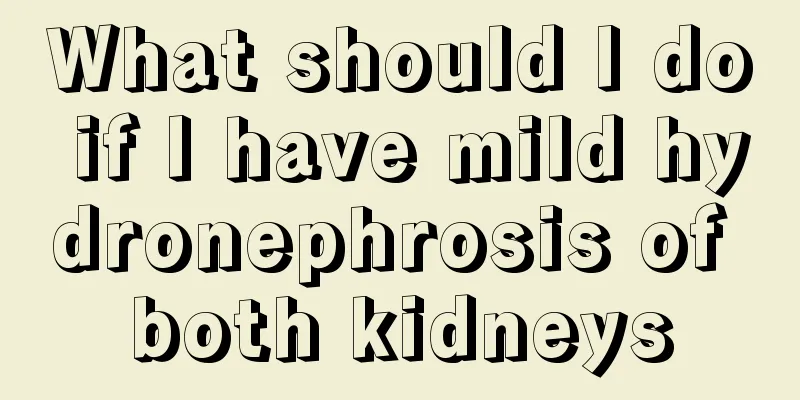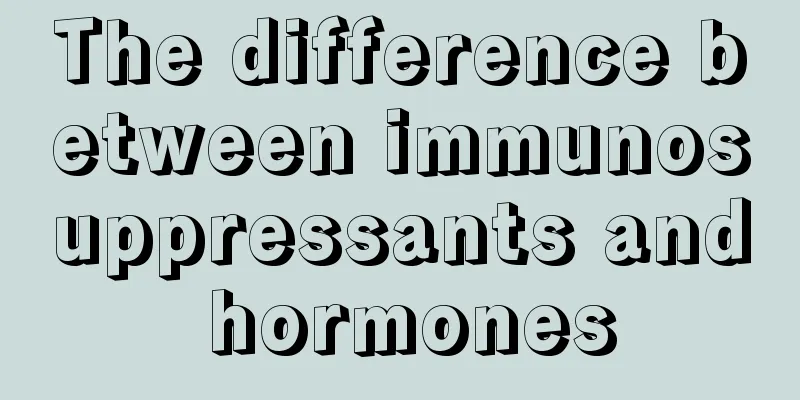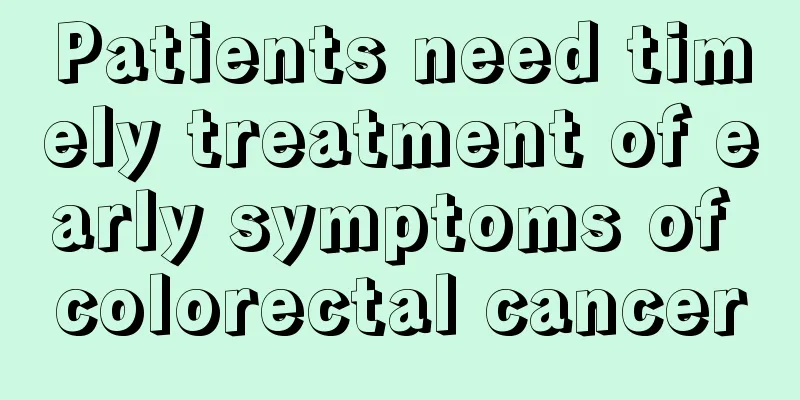The latest method of treating hepatitis C, two methods are indispensable
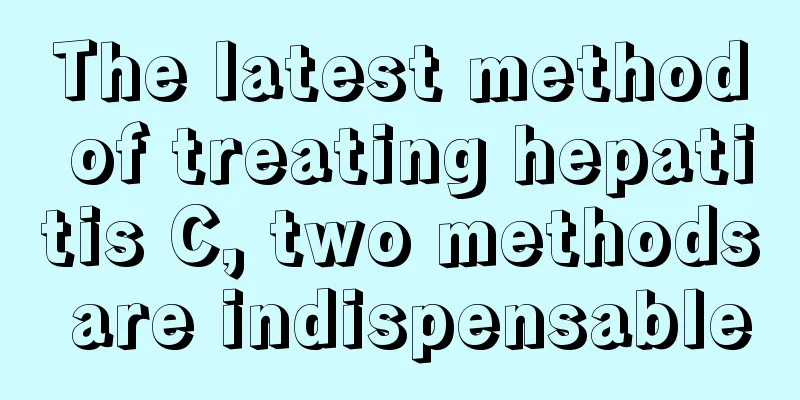
|
According to surveys, the incidence of hepatitis C is increasing year by year, with millions of people suffering from the disease every year. Active treatment is necessary, otherwise it will cause more serious diseases. Currently, there are two types of treatment for this disease: general and special. The general treatment includes acute hepatitis C, chronic hepatitis C and hepatitis C cirrhosis. The special treatment mainly refers to children, the elderly, alcoholics and drug addicts and other sick groups. 1. Treatment of general hepatitis C patients 1. Acute hepatitis C: There is definite evidence that interferon treatment can reduce the chronicity rate of acute hepatitis C. It can be started 8-12 weeks after the onset of acute hepatitis caused by HCV infection, and the course of treatment is 12-24 weeks. The optimal treatment regimen has not yet been definitively determined, but early treatment is more effective for patients with genotype 1 and high viral load (>800,000 log IU/ml). 2. Chronic hepatitis C: The severity of the patient's liver disease should be evaluated before treatment. Patients with repeated abnormal liver function or obvious inflammatory necrosis (G ≥ 2) or moderate or above fibrosis (S ≥ 2) in liver biopsy histology are prone to progress to cirrhosis and should be given antiviral treatment. 3. Hepatitis C cirrhosis: (1) For patients with compensated cirrhosis (Child-Pugh A grade), although the tolerance and effect of treatment are reduced, it is recommended to give antiviral treatment under close observation in order to stabilize the condition and delay or prevent the occurrence of complications such as liver failure and HCC. ⑵ Patients with decompensated cirrhosis: Most of them find it difficult to tolerate the adverse reactions of IFNα treatment, and those who are able should undergo liver transplantation. 2. Treatment of special hepatitis C patients 1. Children and the elderly: There is insufficient experience in the treatment of chronic hepatitis C in children. Preliminary clinical research results show that the SVR rate of IFNα monotherapy seems to be higher than that of adults, and the tolerance to the drug is also better. In principle, elderly patients aged 65 or 70 years or older should also receive antiviral treatment, but they generally have poor tolerance to the treatment. Therefore, the decision on whether to give antiviral treatment should be made based on a comprehensive assessment of factors such as the patient's age, tolerance to drugs, complications (such as hypertension, coronary heart disease, etc.) and the patient's willingness. 2. Alcoholics and drug addicts: Chronic alcoholism and drug abuse may promote HCV replication, aggravate liver damage, and thus accelerate the process of developing cirrhosis or even HCC. Since alcoholics and drug addicts have lower compliance, tolerance and SVR rates with antiviral treatment, treatment of hepatitis C requires simultaneous abstinence from alcohol and drugs. 3. Patients with concurrent HBV or HIV infection: Concurrent HBV infection will accelerate the progression of chronic hepatitis C to cirrhosis or HCC. For those who are HCV RNA positive/HBV DNA negative, anti-HCV treatment should be given first; for those who have active replication of both viruses, it is recommended to first eliminate HCV with IFNα plus ribavirin, and for those who still have persistent HBV DNA positive after treatment, anti-HBV treatment can be given again. Further research is needed to determine the best treatment for these patients. Co-infection with HIV can also accelerate the progression of chronic hepatitis C. Anti-HCV treatment mainly depends on the patient's CD4+ cell count and liver fibrosis stage. Patients with normal immune function and no immediate indication for highly active antiretroviral therapy (HAART) should first be treated for HCV infection; patients who are receiving HAART and have S2 or S3 liver fibrosis must be given anti-HCV treatment at the same time; however, special attention should be paid to the possibility of interaction between ribavirin and anti-HIV nucleoside analogs, including lactic acidosis. For those with severe immunosuppression (CD4+ positive lymphocytes <2×108/L), anti-HIV treatment should be given first, and anti-HCV treatment should be considered after immune function is reconstructed. 4. Chronic renal failure: Antiviral treatment should not be given to patients with chronic hepatitis C and renal failure who are not receiving dialysis. Patients who have undergone dialysis and do not have cirrhosis in histopathology (especially those preparing for renal transplantation) can be treated with IFNα alone (note that it should be administered after dialysis). Because patients with renal insufficiency may develop severe hemolysis, ribavirin combination therapy is generally not used. 5. Recurrence of hepatitis C after liver transplantation: The recurrence rate of HCV infection is very high in patients with HCV-related cirrhosis or HCC after liver transplantation. IFNα treatment is effective for such patients, but it may promote rejection of the transplanted liver. Antiviral treatment can be carried out under the guidance of an experienced specialist and under close observation. |
<<: What are the foods with a low glycemic index
>>: How to regulate your stomach and intestines? Do you do this?
Recommend
What is the normal range of blood pressure at different ages
Each of us should not ignore the monitoring of bl...
Advantages and disadvantages of minimally invasive surgery for cervical spondylosis
Many office workers always think they are young, ...
What are the hazards of liver cancer to the human body? Beware of the five hazards of liver cancer
What are the hazards of liver cancer to the human...
What are the good treatments for stage 4 pancreatic cancer
There is no better treatment for stage 4 pancreat...
How much does it cost for radiotherapy for nasopharyngeal cancer and what should I eat?
How much does radiotherapy for nasopharyngeal can...
What foods can prevent breast cancer?
Breast cancer is the most common malignant tumor ...
What to do if your nose gets picked bigger
We always encounter many such situations in our l...
What is the cause of pain when bending and straightening the knee
The knee is very painful even when it is bent, wh...
Does seahorse wine have an aphrodisiac effect?
Seahorse wine is a relatively common health wine....
Does solid wood furniture contain formaldehyde?
After the new house is renovated, in order to mak...
How to use carrageenan
Carrageenan is a common additive. It usually appe...
What are the characteristics of sanitary napkins and tampons
Women have menstruation at many times in their li...
How to feed babies correctly?
When feeding the baby, there are many things that...
What is the most nutritious breakfast for young children
Breakfast is the most important thing in our live...
How to remove ink from clothes
For those of you who are engaged in painting or a...
